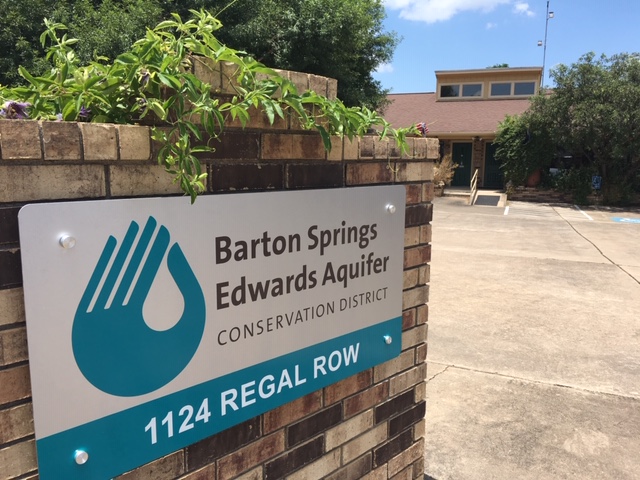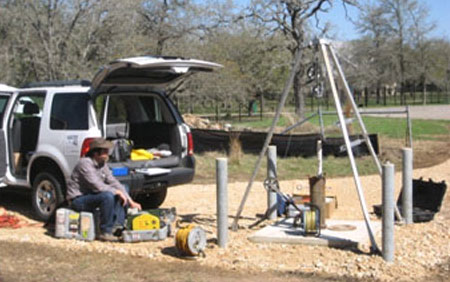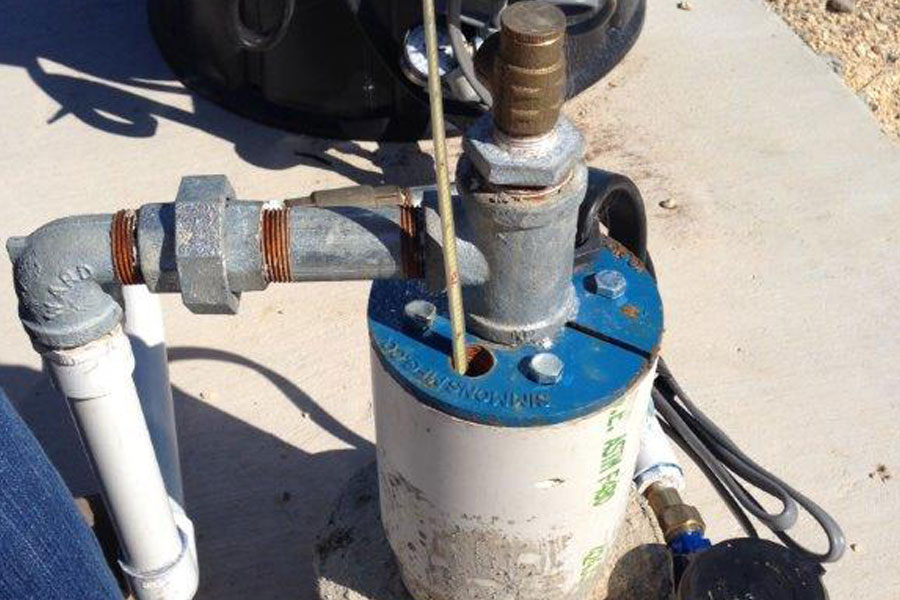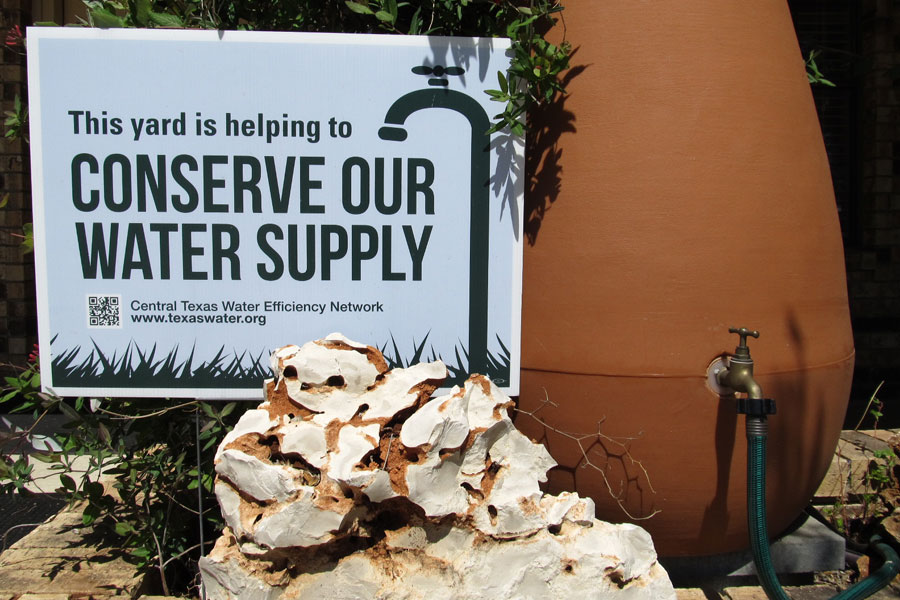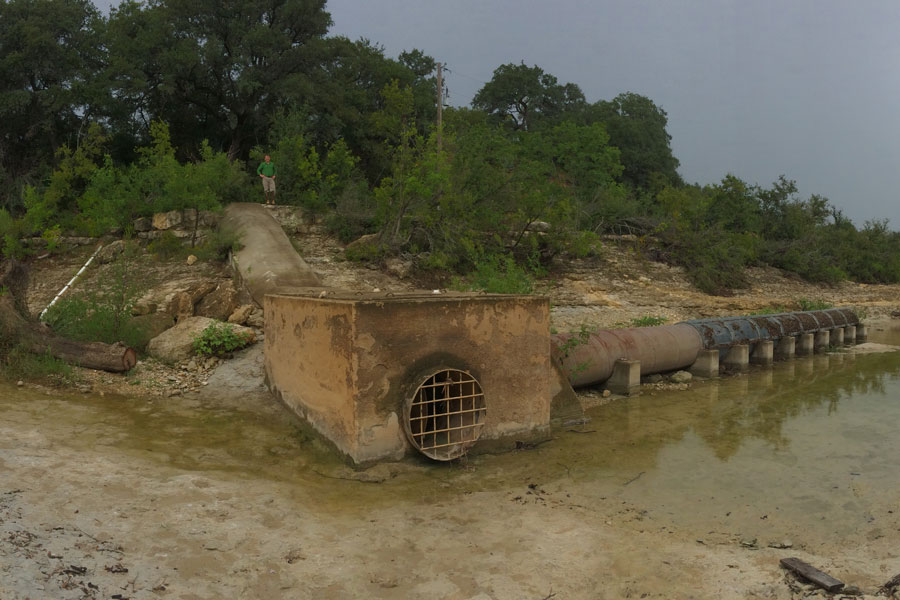2022 Well Water Checkup
2022 Well Water Checkup
Samples Must Be Returned to District Office Between 5:00 p.m. on Wednesday, March 2 and 9:30 a.m. on Thursday, March 3
The Barton Springs/Edwards Aquifer Conservation District (District) is teaming up with Texas A&M Agrilife Extension and Texas Well Owner Network to provide a Water Well Checkup for District well owners. The cost of the water analysis will be covered by the District for the first 50 well owners to pick up water sample kits for the checkup. For questions, please email edu@bseacd.org or call 512-282-8441 and ask for David Marino, Communications and Outreach Manager.
Registration (Drop by to pick up a water sample kit)
- Obtain a water sampling kit from the District office (1124 Regal Row, Austin, TX 78748) during business hours, between 8:00 a.m. and 4:00 p.m., February 10 – March 1. The cost of the water analysis will be covered by the District for the first 50 well owners to pick up water sample kits for checkup.
- Sample kits include one bag, one bottle (this is considered one sample submission), a water sample form that must be completed and returned with your sample, and instructions on how to collect your water samples. Please return sample (bag, bottle, and form) in larger zip lock bag provided. We will fill in the “Sample ID Number” box on the form. You do not need to fill out anything on the bottle or bag. We will do that. Just fill out the form and return with your sample.
- Samples MUST be returned to the District office (1124 Regal Row, Austin, TX 78748) between 5:00 p.m. on Wednesday, March 2 and 9:30 a.m. on Thursday, March 3. We will have a cooler by the main entrance of the District office for drop-off. This is to ensure that the samples are collected within 24 hours of testing for accurate results.
- Texas A&M Agrilife/Texas Well Owner Network will conduct testing. Results are expected to be provided to well owners the week of March 7.
Testing
Samples provided by private well owners will be screened for commonly found contaminants in domestic wells:
- Fecal coliform bacteria present in water indicate the well may have been contaminated by human or warm-blooded animal waste. Water contaminated with fecal coliform bacteria is also likely to contain pathogens present which can cause diarrhea, cramps, nausea, and other symptoms.
- Nitrate contamination in water exceeding 10 parts per million (ppm) can adversely affect the body’s ability to carry oxygen throughout the bloodstream and may lead to a condition known as methemoglobinemia. Infants less than 6 months of age and young livestock are most susceptible to effects of this contamination.
- Salinity often referred to by its analogue, Total Dissolved Solids (TDS), can impart on water undesirable qualities, such as a salty taste and the tendency to leave deposits. Water with high salinity used for irrigation may damage plants and soil.
Instructions for Submitting Water Samples
Prep Sample Site
- Wash your hands.
- Use an unfiltered faucet as close to the well as possible for making the collection. If an inside faucet is used, remove the aerator on the end of the faucet before making the collection.
- Rinse and dry exterior of the faucet to prevent exterior contamination of your water sample. If possible, wipe off with a Clorox-type towelette or paper towel wetted with a light bleach solution to kill any bacteria present on the faucet. Allow the solution to dry before sampling.
- Turn on the water full force and let it run at full force for two minutes.
- Reduce the water flow to a small stream***Fill both the bag AND the bottle*** Results are expected to be provided to well owners the week of March 7.
Bottle
- Only open the sample bottle when you are immediately about to collect the sample.
- Do not touch the inside of the bottle or lid.
- Fill the water just above the 100mL line to ensure none of the powder contained in the bottle escapes. This powder is present to neutralize chlorine.
- Close the bottle tightly immediately after the sample is collected.
Bag
- Tear off the perforated strip above the yellow twist ties from the top of the bag. Grasp the small white tabs on the side of the water-sampling bag and pull the bag open (be careful not to touch the inside of the bag with your fingers)
- Holding the bag by the yellow twist ties, fill the sampling bag three-fourths full and then twirl the bag top over bottom to close it. Some water may leak out, but don’t worry. Tie the twist ties together.
PLEASE NOTE: All samples should be collected within 24 hours of the analysis date (Thursday, March 3) to ensure accurate results. The sample must be less than 24 hours old.
Return your sample (bag, bottle, and completed water sample form) to the District Office (1124 Regal Row, Austin, TX 78748) between 5:00 p.m. on Wednesday, March 2 and 9:30 a.m. on Thursday, March 3. We will have a cooler by the main entrance of the District office for drop-off.
How To Take A Water Sample:
Why Test Well Water?
Private water wells should be tested annually for contaminants that can jeopardize the health of its users, especially vulnerable populations like children, the elderly, or those with compromised immune systems.
